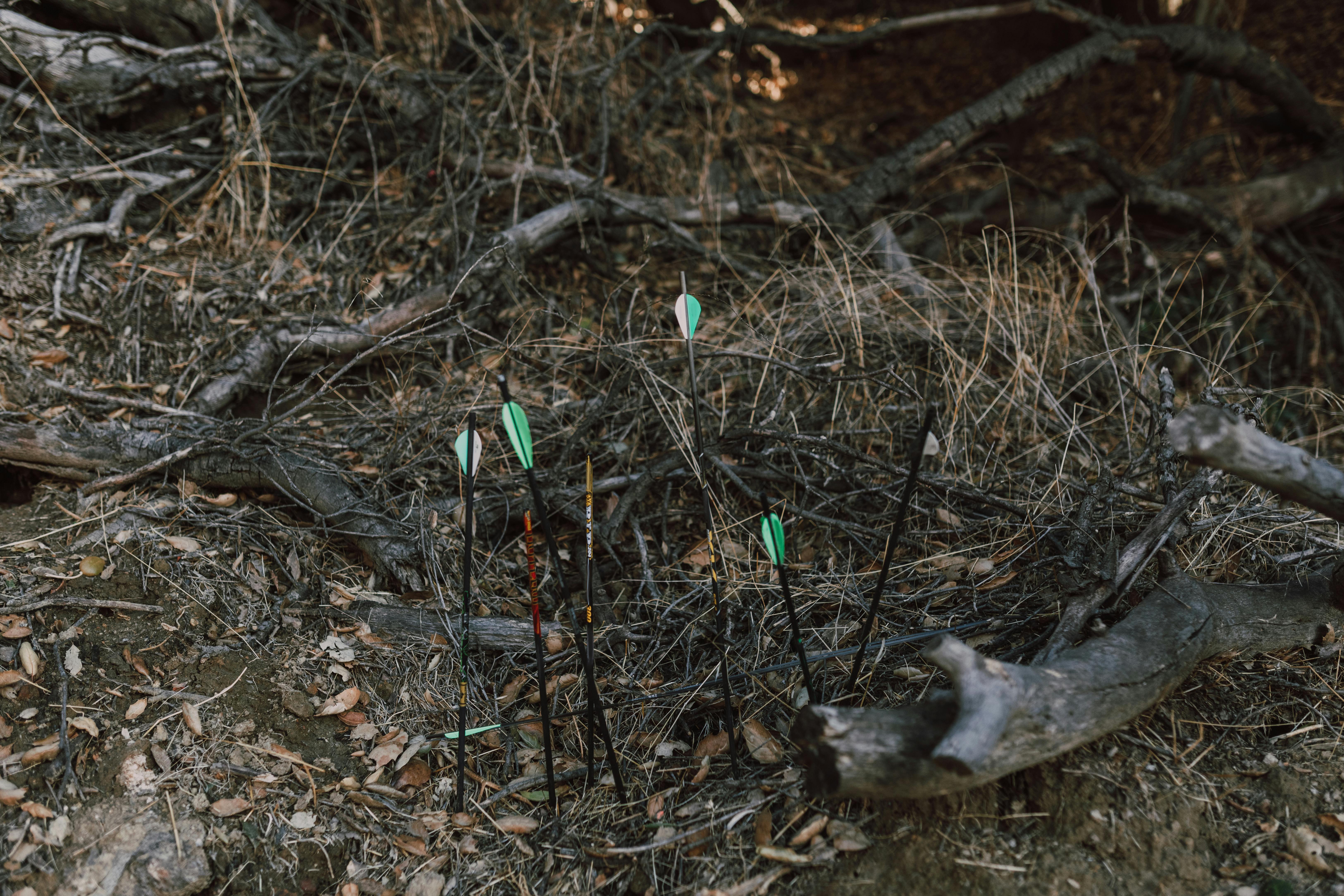
internet of things
admin
- 0
Some Internet experts say that 2013 will be the year of the Internet of Things (IoT). According to this view, IoT is already here, but it is not yet widely known or evenly distributed, and 2013 will see a breakthrough that will bring IoT to a broader market.
In most organizations, information, both proprietary and third-party, travels along known routes. Such information is stored in databases, analyzed in reports, and then moved up the management chain. But the predictable paths of information are changing: the physical world itself is becoming a type of information system. In what is called the Internet of Things, sensors and actuators embedded in physical objects, from roads to pacemakers, are connected via wired and wireless networks, often using the same Internet Protocol (IP) that connects the Internet. These networks produce large volumes of data that flow to computers for analysis. When objects can sense the environment and communicate, they become tools for understanding complexity and responding quickly.
According to McKinsey, a management consulting firm, what’s revolutionary about all of this is that these physical information systems are now beginning to be deployed, some of them even running largely without human intervention. Pill-shaped microcameras are already traversing the human digestive tract, sending back thousands of images to identify sources of disease. Precision farming equipment with wireless links to data collected from remote satellites and ground sensors can take into account growing conditions and adjust how each individual part of a field is cultivated, for example by spreading additional fertilizer on areas that need more nutrients. Billboards in Japan look at passers-by, assess how they fit with consumer profiles, and instantly change the messages displayed based on those assessments.
How did IoT start?
The term Internet of Things was first used in 1999 by Kevin Ashton, a British technology pioneer who was then working as an assistant brand manager at Proctor & Gamble. He became interested in using RFID to help manage P&G’s supply chain, and this work later led him to MIT and further research. RFID (Radio Frequency Identification) uses radio frequency electromagnetic fields to transfer data from an object for automatic identification and tracking purposes. Unlike a barcode, the label does not need to be within the reader’s line of sight and can be embedded in the object.
The definition of IoT has evolved since the time it was first used, and connectivity has also expanded beyond the use of RFID. Today, IoT connotes a world where physical objects are seamlessly integrated into the information network, and where physical objects can become active participants in everyday life, healthcare, business processes, etc. IoT advocates see a future of an IoT society where the real physical world, the digital world, and the virtual Cyber world will integrate.
Where are we today in the IoT process?
SRI Consulting Business Intelligence sees IoT development in waves (see diagram). The first wave began with the use of RFID tags to facilitate routing, inventory, and loss prevention, all as supply chain aids. In the second wave, we are looking at vertical market applications, for example surveillance, security, healthcare, transportation, food supply, and document management. The third wave, which we are moving towards, is about ubiquitous positioning, for example, locating people and everyday objects. The next wave, expected to mature in about a decade, will be the networking of the physical world, for example, teleoperation and telepresence, the ability to monitor and control distant objects.
Conclusion
Regardless of what we think and what we prefer for our future, every day more objects are put into the Internet of Things. Like it or not, this is going to be our “brave new world,” so we’d better get used to it.

